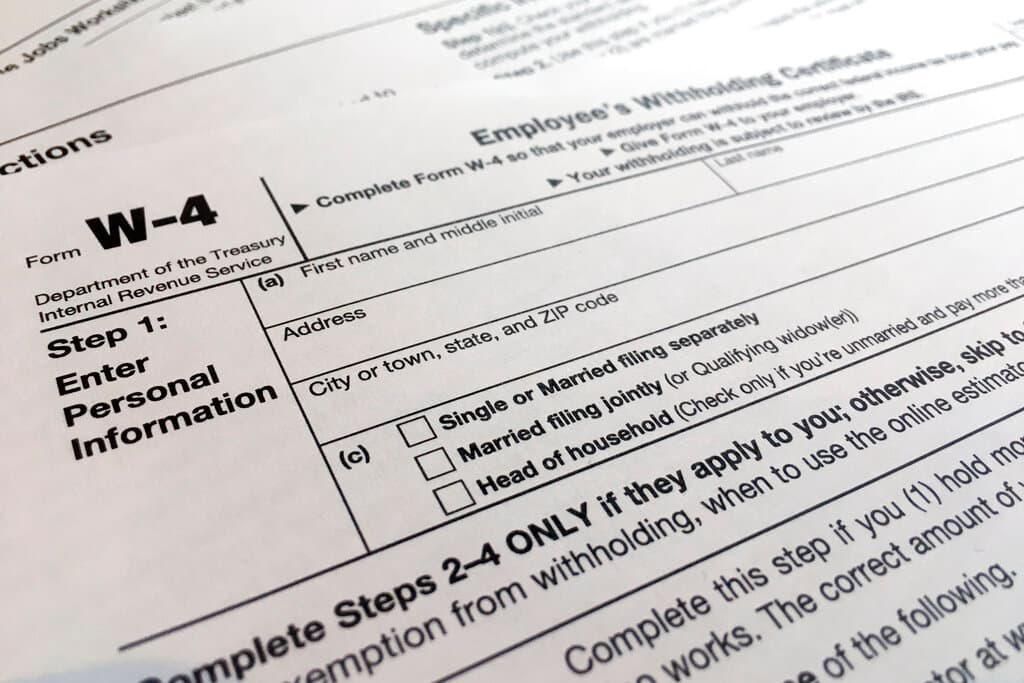Supreme Court Rebuffs Blue State Tax Dodge
It looks like Blue State governors will have to turn elsewhere for relief on the high taxes plaguing their residents.

It looks like Blue State governors will have to turn elsewhere for relief on the high taxes plaguing their residents after the Supreme Court failed to ride to their rescue on Monday. The governors of New York, New Jersey, Connecticut, and Maryland had invoked states’ rights — and even the Tenth Amendment — in an attempt to strike down the cap on the state and local tax deduction in President Trump’s 2017 tax law.
We’d like to offer a quaint suggestion to the Blue State gubernatorial quartet in light of this setback from the high court. Perhaps they could turn to their voters — or their preferred instrument of government, the legislature. There, they might find sentiment in favor of enacting lower taxes via state law — and along with that, reductions in the bloated state budgets to which these states have become accustomed.
The Blue States were for years able to conceal the burden of their high taxes because their residents could deduct the full amount of their state and local levies on their federal income tax returns. That enabled the noble comrades in Albany, Trenton, Hartford, and Annapolis to maintain their high-tax, big-spending ways, while ameliorating pain for taxpayers. Yet Congress in 2017 capped the deduction at $10,000.
Governor Murphy of New Jersey decried the move as “revenge politics.” An “all-out direct attack on New York’s future,” Governor Cuomo lamented. Yet despite taking control of the White House and Congress in 2020, the Democrats failed to heed the Blue State governors’ calls to restore the full deductibility of state and local taxes. That left the courts, where governors had already filed suit in 2018 against the measure.
The 2017 tax law “eviscerates the SALT deduction,” the governors claimed, “overturning more than 150 years of precedent.” What struck us is their adoption of states-rights rhetoric of such a type usually associated with political conservatives. They argued that the deduction was “essential to prevent the federal tax power from interfering with the States’ sovereign authority.” No southern pol could have put it plainer.
Channeling the philosophy of the right-of-center Federalist Society, the Blue governors even averred that their authority over tax policy was “guaranteed by the Tenth Amendment” and “foundational principles of federalism.” The objectionable tax law was impeding their ability “to make their own choices,” they claimed, over how much to “invest in their own residents, businesses, infrastructure, and more.”
Having embraced the cause of federalism with the zeal of a recent convert, the Blue State governors might have gotten a little ahead of themselves. While we do share the governors’ enthusiasm for the Tenth Amendment, which reserves to the states and the people “powers not delegated to the United States by the Constitution,” the tax power is one about which there is an absence of ambiguity.
The power to “lay and collect Taxes” is the first power delegated in the parchment. It is granted to Congress in Article I, section 8. While the Blue State governors claimed implicit promises made to preserve the SALT deduction at the time of the ratification of the Sixteenth Amendment — which laid the groundwork for the modern income tax — no such language can be found in the text of the constitution itself.
Federal judges at the district and circuit level found the Blue States’ arguments unconvincing. The Second Circuit found no constraint on congressional authority to impose the cap. Nor did the circuit riders detect a Tenth Amendment violation if Mr. Trump’s tax law “coerces” the Blue States “to abandon their preferred fiscal policies in favor of lower taxes and reduced spending,” as the governors claimed the law sought to do.
The riders affirmed Congress’s authority to create “incentives” for states to change their policies. There is room in the Blue States’ tax policies for improvement. New York has the highest state and local tax burden in the country, the Tax Foundation reports: 15.9 percent of the state’s output. Ranking second is Connecticut, at 15.4 percent. New Jersey is sixth, at 13.5 percent. Maryland is relatively restrained at but 11.3 percent.
In the end, the Supreme Court turned down the Blue States’ lawsuit without comment — not even a peep of dissent from the court’s liberal wing. Yet while it may have been merely a coincidence, we can’t help but wonder if there was some dry humor involved in the court’s choice to announce its rejection of the Blue State governors’ lawsuit on April 18, the deadline for Americans to file their federal income tax returns.

